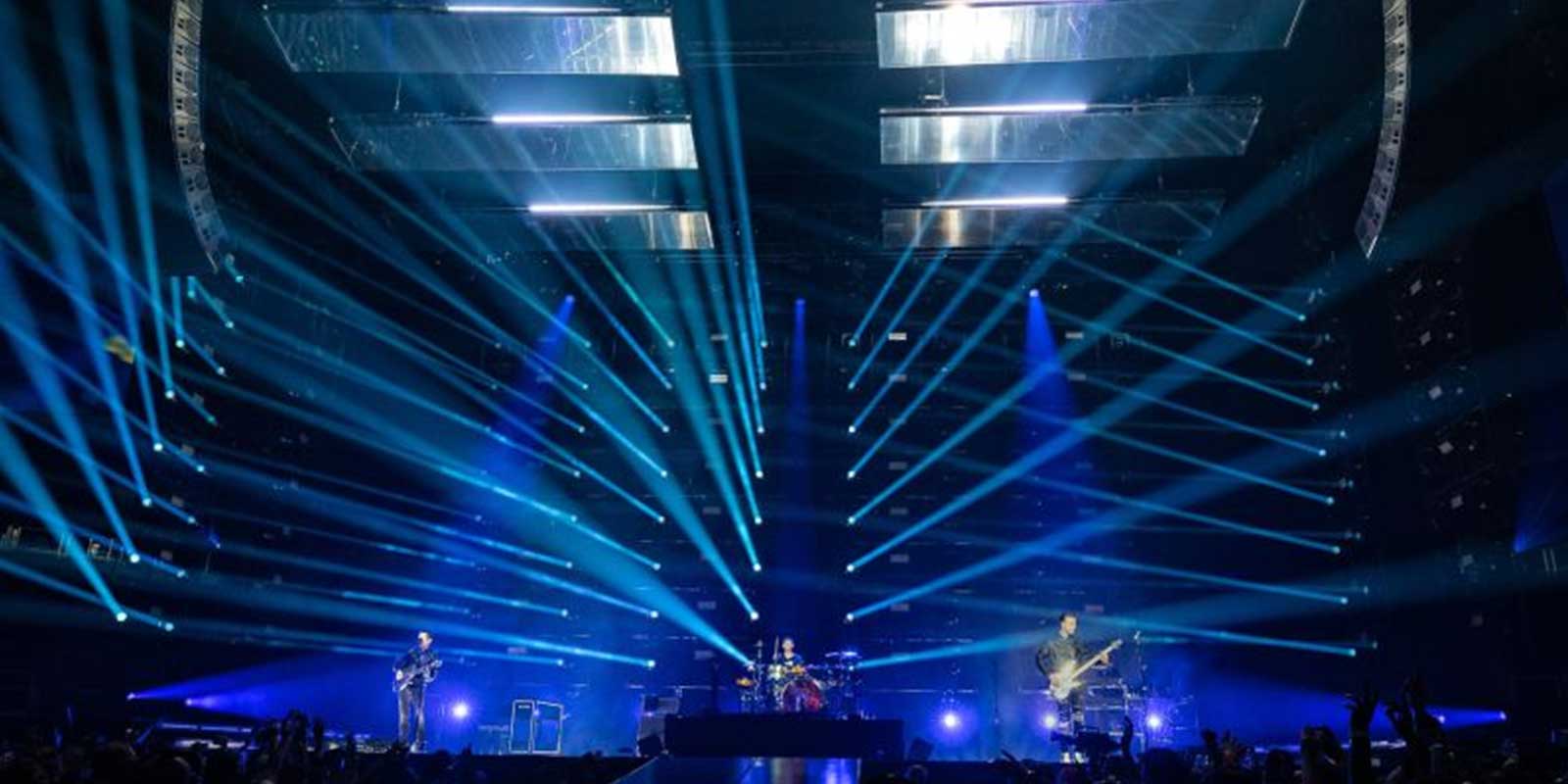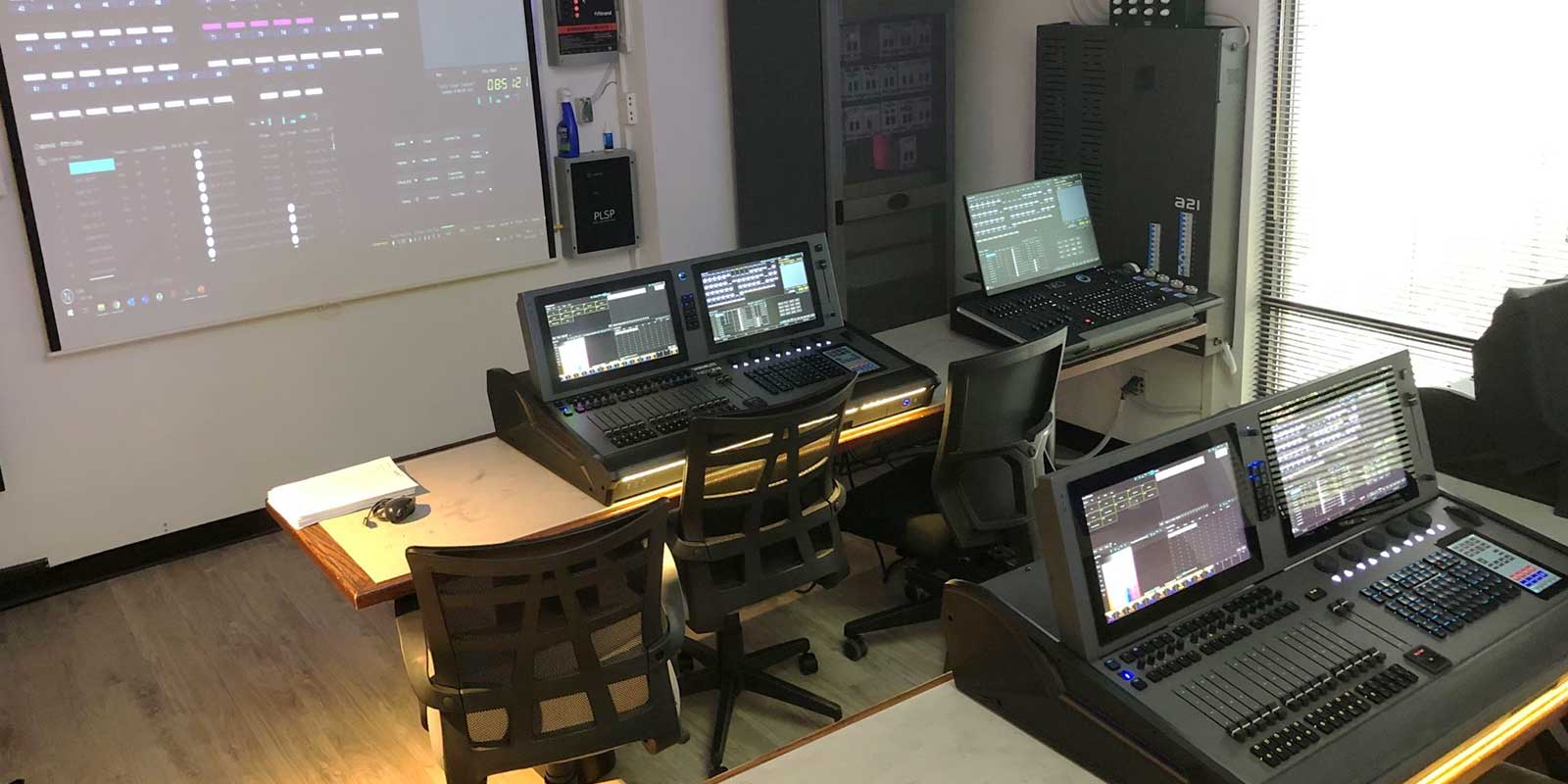Advantages of DMX Stage Lighting Systems for Digital Light Fixtures
If you’ve ever utilized stage lighting, it’s likely that you’ve used the DMX512 protocol to manage your lighting setup. DMX lighting control is at the core of intelligent lighting, moving lights, and accessories in addition to allowing you to control your dimmers. This article dispels some common misconceptions about DMX lighting control while outlining the fundamentals of a complete DMX stage lighting setup.

Let Us Begin with an Introduction Of DMX.
Digital Multiplex (DMX) was created as a standard digital theatre lights control that replaced older analogue systems used to operate the dimmers in a stage lighting rig. Despite advances in the use of ethernet networking at the peak of the professional lighting business, DMX remains the best solution for the majority of lighting control applications. DMX with the advantage of being able to manage 512 dimmer channels for only a 2-core and Floor signal wire.
Another advantage of DMX was the ability to daisy chain a signal cable from one DMX device to the next and so on until all of the lighting fixtures was connected by a single chain of communication wires. This is especially significant when controlling moving lights because it reduces the amount of cable necessary.

How Does DMX System Operate?
The initial title of this post was “DMX Systems – Let Them Speak,” but aside from being a bit of a terrible title, it actually misses the point of the continuous DMX signals. DMX light fittings and their controller, unlike current networks, do not “speak” to each other. (If you want a DMX setup that does, see our RDM DMX page.) When a DMX Lighting System speaks, everyone else listens!
Each “DMX Channel” (in the previous days, a dimming channel) and its level (0 – 100%) is communicated down the DMX “Universe” wire, and each DMX theatrical light fixture, moving light, or smoke machine listens for and overlooks almost everything. The signal is repeated in “packets,” providing a constantly updated stream for the rig to follow. In this one-way street, the lighting console receives no information.
Each DMX stage light fixture has its own “address” that is established on the light using buttons in order for it to have its own section of the signal stream. If a dimming channel has a DMX location of 001, it will listen for the 001 portion of the DMX signal and then obey the “channel level” value, such as 75%. Once digital lighting fittings, dimmers, and accessories have been linked and “addressed,” the lighting console can control each component of the system independently via a unique DMX address.

The Universe’s Lords
It was simpler when we merely used DMX to control dimmers. 1 DMX Channel equals 1 Dimmer No. Eventually we began to employ more complex fixtures, such as moving lighting and intelligent lighting, which required more than one DMX channel for every fixture. This indicates that fixtures are given a DMX “start address” that corresponds to the first channel in a serial batch to which the fixture listens.If your fixture has 5 DMX channels and a “start address” of 001, it will listen to channels 001,002,003,004,005. The next free address for another fixture then is 006, because setting it to 005 would result in a control conflict due to “channel overlap.” Setting lights to the same start address can be advantageous in some situations and is a frequent DMX issue discovery strategy.
That 512 don’t seem like too many channels today, do they? Considering that so many DMX moving lighting need the use of 20 or more channels. You’ve already run out of channels because of some moving lighting, 100+ dimmers, strobes, and a few of smoke machines! This difficulty can be solved by connecting and addressing some of your devices on a second DMX “universe,” a distinct data flow with even more wires. These days, many lighting control consoles have several DMX outputs, and the rules of fixture locations and channel codes apply to this and future universes. Every DMX galaxy is a wholly distinct stream that is independent of the others, with the 1st DMX channel to every DMX universe being 001.

DMX Stage Digital lights system Myths Debunked
It makes no difference in whatever order you connect the lights in a DMX chain, as long as they all receive a signal.
The DMX wire chain should NOT loop back into a ring control signal loop. If your lighting console includes a DMX IN port, do not use it.
A DMX signal cannot be split in half with a Y-cord. It is necessary to use a DMX splitter/buffer (also known as an Optisplit).
As long as your fixtures are distinct from one another and don’t overlap, it doesn’t matter what order they are addressed. Verify how many DMX channels are utilized for control by each of your fixtures.
Although though it is advised by the device manufacturers and can help with some challenging issues with a complicated rig, a termination resistor is typically not necessary for a DMX chain to function. this is a article why you should end your DMX lines may be found here.
It’s not always the case that a piece of equipment’s “DMX received” indicator indicates that your DMX signal is functioning properly.
On the same universe, you can set 2 parts of DMX gear to the same beginning address without issue. They will, however, both do the same thing.
You should now have a better understanding of how DMX lighting systems operate.



















